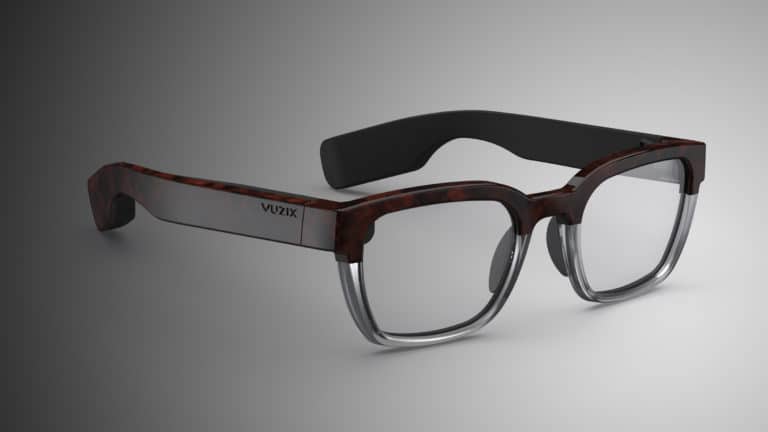
As we roll through 2022, it’s time for our annual ritual of synthesizing the lessons from recent history and formulating the outlook for the near term. The past year has been action-packed for spatial computing as the world gradually emerges from the grips of a pandemic.
The past year was also marked by the emergence of metaverse mania. Though it has legitimate principles and promise, the term has been ambiguated through overuse. It’s also been overhyped in terms of the timing of its arrival. A fully-actualized metaverse is decades away.
Beyond the metaverse, AR and VR continue to be defined by steady progress in several areas. We’re talking mobile AR engagement & monetization; AR marketing and commerce; continued R&D in AR glasses; enterprise adoption; and the gradual march of consumer VR.
So where is spatial computing now, and where is it headed? What’s the trajectory of the above subsegments? This was the topic of a report from our research arm, ARtillery Intelligence. Entitled Spatial Computing: 2021 Lessons; 2022 Outlook, it joins our report excerpt series.
Spatial Computing: 2021 Lessons, 2022 Outlook
Cultural Barrier
After covering 5G’s role in accelerating AR last week, we switch gears in this week’s report excerpt to examine the outlook for AR glasses. Though they haven’t arrived en masse, they represent the fully-actualized AR modality that will unlock the technology’s true potential.
In fairness, AR glasses have arrived considering enterprise deployments. There, style crimes aren’t an issue like they are in consumer markets. There are form-factor issues such as comfort and heat, but enterprise AR still has an early and dominant lead in spending.
Consumer/enterprise spending shares could flip as AR glasses get sleeker and more commercially viable. Consumer markets are generally larger than enterprise due to population sizes….but enterprise spending often leads in early days of emerging tech, which we’re seeing now.
To quantify that, ARtillery Intelligence projects AR glasses spending to grow from $1.59 billion in 2020 to $17.7 billion in 2025. Enterprise spending is 99 percent of that, but will retract to 89 percent by 2025 and continue to decline until consumer/enterprise trendlines intersect.
But that could take several years, not just due to requisite technical advancements, but cultural acceptance. As seen from Google Glass, consumer acceptance and comfort in face-worn hardware (with a camera, no less) is a critical factor. It’s a meaningful cultural barrier.
But history tells us if anyone can accomplish that feat of mainstreaming emerging tech – or at least catalyze the process – it’s Apple.
What’s the Sales Outlook for AR Glasses?
Apple of My Eye
Among potential product and business models for AR glasses, Apple could end up setting the standard in its rumored market entrance. Indeed, many AR proponents are banking on this outcome, as it could accelerate the AR market through Apple’s signature “halo effect.”
But the question is, what’s Apple’s strategy? As we’ve examined, tech giants often invest in emerging tech for one common reason: to future-proof their core business. In Apple’s case, AR glasses can vault its core hardware business in the face of a maturing smartphone market.
Apple smart glasses could accomplish this by both boosting and succeeding the aging iPhone. The former happens as it creates reliance on the iPhone for processing and connectivity. Indeed, the phone gains importance – and user incentive to upgrade – if it powers your glasses.
An iPhone succession plan is meanwhile accomplished through a suite of wearables that joins the suite of iThings at the center of our computing lives. That could mean line-of-sight graphics that accompany spatial audio from your AirPods, and biometrics from your Apple Watch.
This theory fits Apple’s signature multi-device ecosystem approach. It will emphasize that the whole is greater than the sum of its parts so you should own several devices (sound familiar?). In this way, AR glasses will be a key puzzle piece in Apple’s much-vaunted wearables road map.
Meanwhile, the good news for everyone else is that Apple’s prospective market entrance and investments will accelerate the sector as a whole. We’ll pause there and circle back in the next report excerpt with more analysis and projections from the spatial spectrum…
Header image credit: Vuzix






